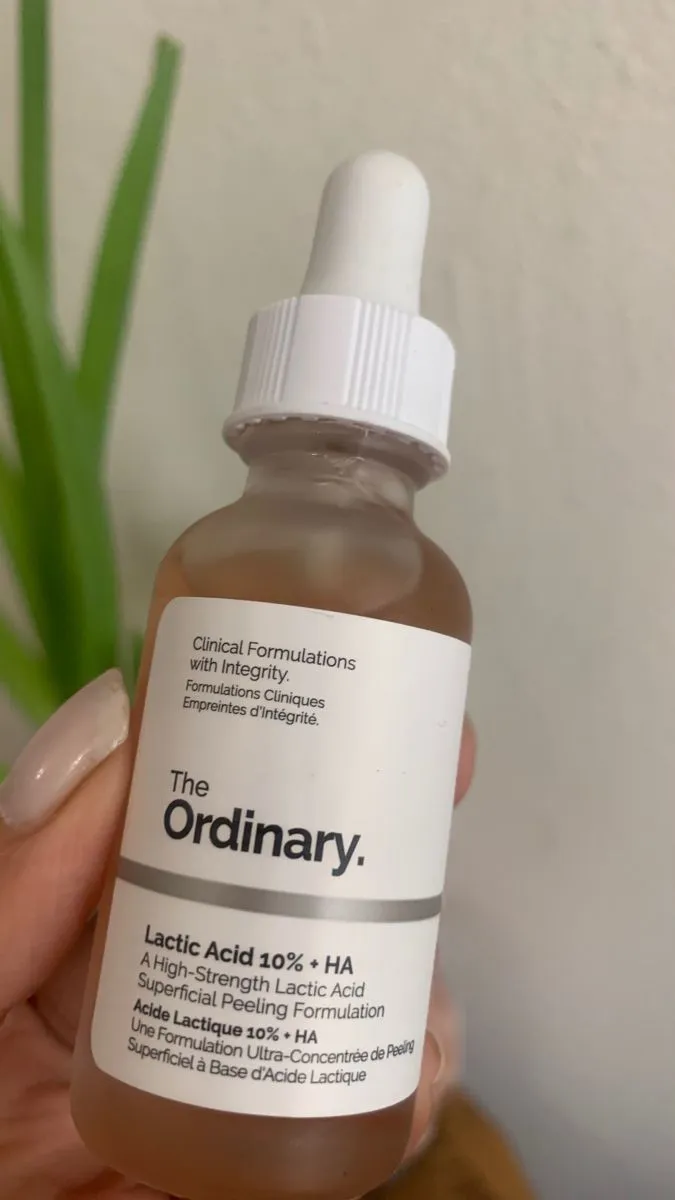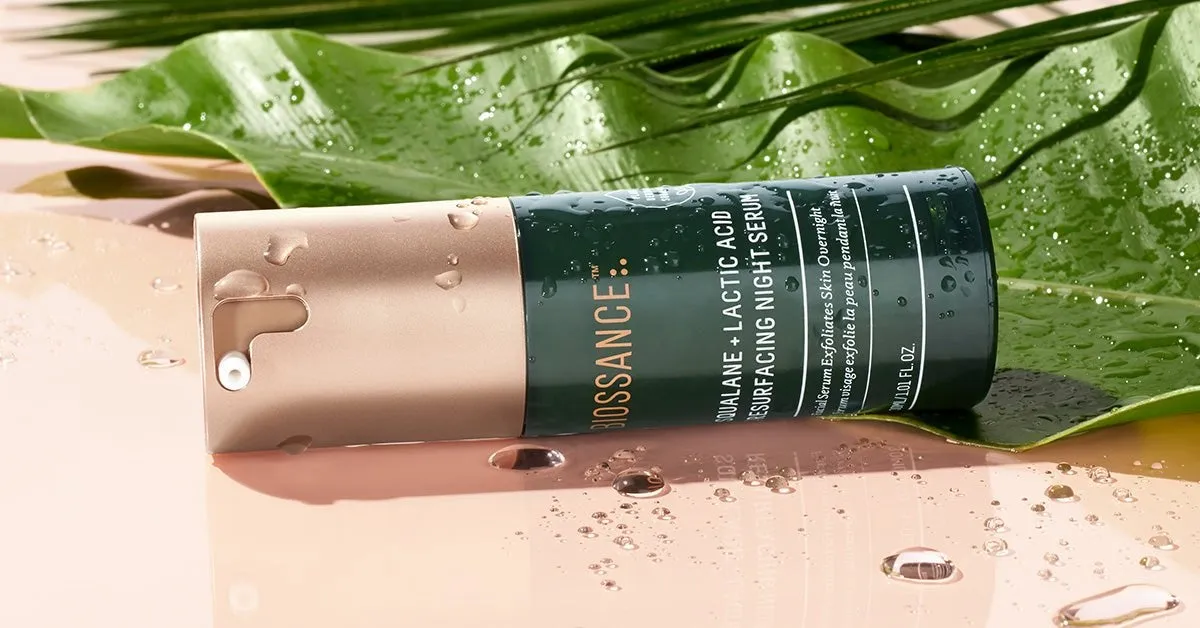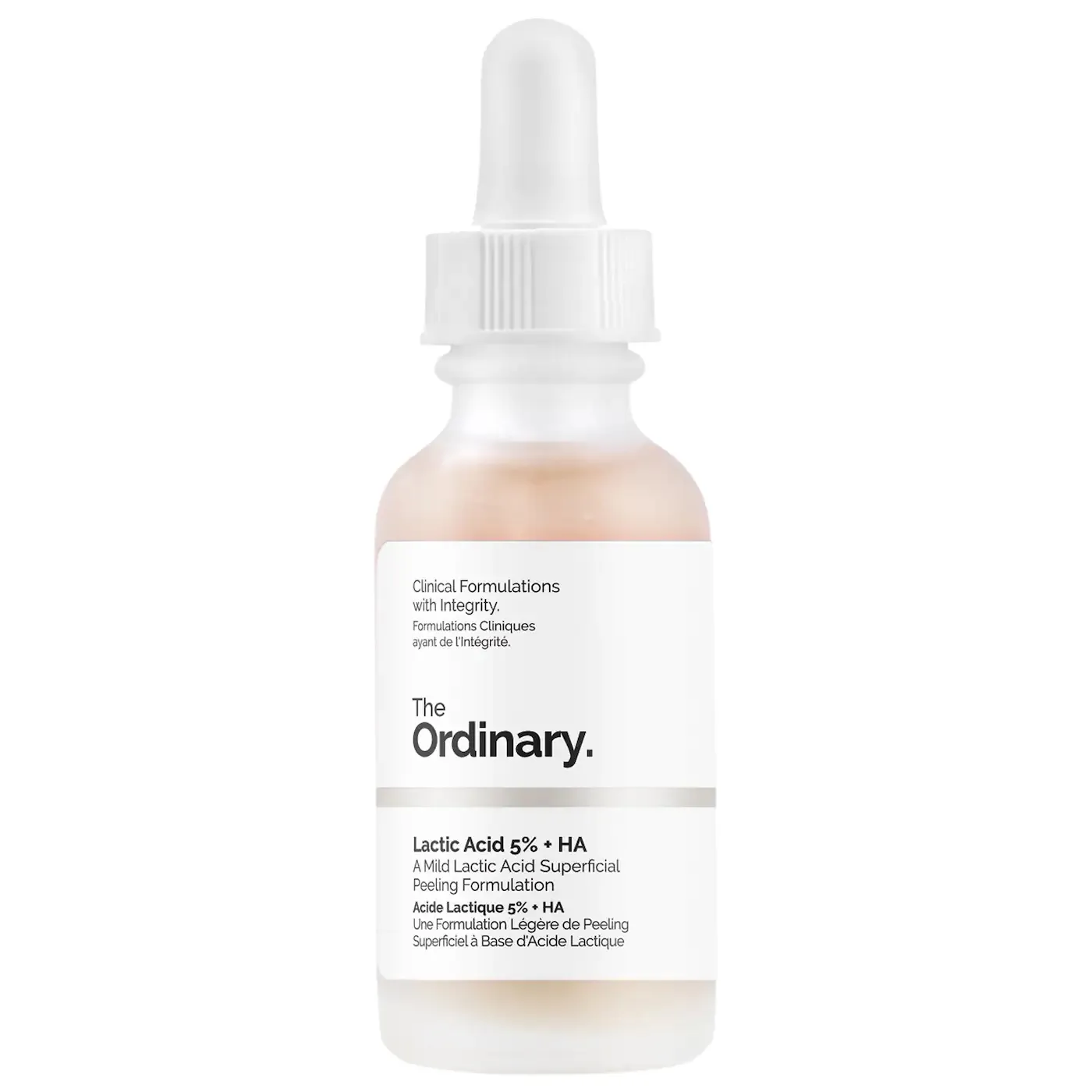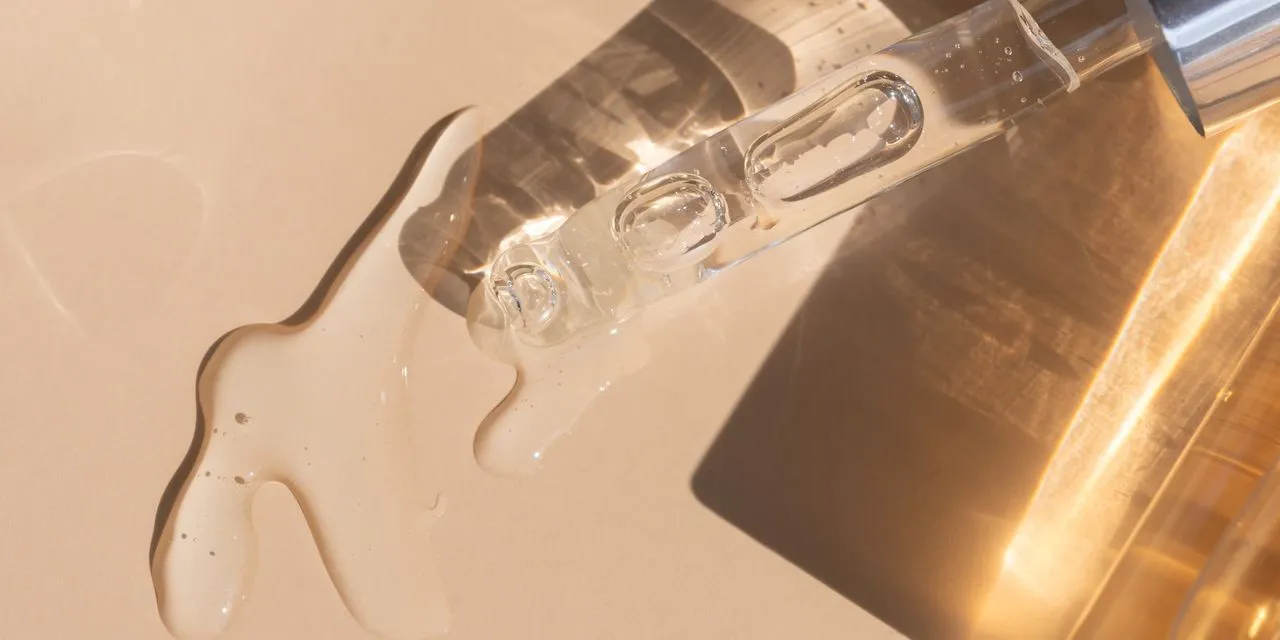What is Lactic Acid and How Does it Work?
Lactic acid, a naturally occurring alpha-hydroxy acid (AHA), is a popular ingredient in skincare products, known for its gentle yet effective exfoliating properties. It’s derived from milk, making it a favorite for those with sensitive skin. Unlike harsher acids, lactic acid has a larger molecular structure, allowing it to exfoliate the skin’s surface without causing significant irritation. This process helps to remove dead skin cells, revealing a brighter, smoother complexion underneath. This also contributes to its effectiveness in addressing various skin concerns, including uneven skin tone and texture. The mechanism of action involves breaking down the bonds that hold dead skin cells together, facilitating their removal and promoting cell turnover. This process not only improves the appearance of the skin but also preps it for better absorption of other skincare products.
The Science Behind Lactic Acid for Skin Whitening
The skin whitening benefits of lactic acid are primarily attributed to its exfoliating action. By removing the top layer of dead skin cells, lactic acid helps to reveal the fresher, brighter skin underneath. This immediate effect can make the skin appear lighter and more radiant. Furthermore, lactic acid can inhibit melanin production, the pigment responsible for skin color. By interfering with the enzyme tyrosinase, which is crucial for melanin synthesis, lactic acid can help to reduce the appearance of dark spots and hyperpigmentation. Over time, this can lead to a more even skin tone and a reduction in areas of discoloration. The effectiveness of lactic acid in whitening also depends on its concentration and the frequency of use, with consistent application often yielding the best results. Combining it with other skin-brightening ingredients can further enhance these effects.
7 Top Benefits of Lactic Acid for Skin Whitening

Lactic acid offers a range of benefits that contribute to its popularity in skincare. Its versatility makes it a valuable addition to various skincare routines. From improving skin texture to reducing the appearance of dark spots, lactic acid has a lot to offer.
Exfoliation and Skin Brightening
One of the primary benefits of lactic acid is its ability to exfoliate the skin. This process removes dead skin cells, revealing a brighter and more radiant complexion. The gentle exfoliation also helps to improve skin texture, making it feel smoother and softer. Regular exfoliation with lactic acid can prevent the buildup of dead skin cells that can lead to dullness and clogged pores. By promoting cell turnover, lactic acid ensures that fresh, healthy skin cells are constantly brought to the surface, contributing to a more youthful appearance.
Reduced Appearance of Dark Spots and Hyperpigmentation
Lactic acid is effective in reducing the appearance of dark spots, age spots, and hyperpigmentation. Its ability to inhibit melanin production helps to lighten areas of discoloration, resulting in a more even skin tone. Consistent use of lactic acid can gradually fade dark spots and prevent new ones from forming. This is especially beneficial for individuals with sun-damaged skin or those experiencing post-inflammatory hyperpigmentation (PIH) from acne or other skin irritations. The gentle exfoliating action of lactic acid also aids in removing the pigmented cells from the skin’s surface.
Improved Skin Texture and Tone

By exfoliating the skin and promoting cell turnover, lactic acid can improve overall skin texture and tone. It helps to smooth out rough patches, reduce the appearance of fine lines, and create a more even surface. This results in skin that looks and feels smoother, with a more refined appearance. Lactic acid also stimulates collagen production, which further contributes to improved skin texture and firmness. This dual action makes lactic acid an excellent choice for those seeking to address both surface-level and underlying skin concerns.
Enhanced Collagen Production for Anti-Aging
Lactic acid stimulates collagen production, an essential protein for maintaining skin elasticity and firmness. Increased collagen production helps to reduce the appearance of wrinkles and fine lines, promoting a more youthful complexion. This anti-aging benefit makes lactic acid a valuable addition to any skincare routine aimed at preventing or reducing the signs of aging. The enhanced collagen also supports the skin’s structure, making it more resilient and less prone to sagging. Regular use of lactic acid can lead to firmer, more supple skin over time.
Gentle on Sensitive Skin
Compared to other AHAs, lactic acid is generally considered gentler, making it suitable for sensitive skin types. Its larger molecular size allows it to work on the skin’s surface without causing as much irritation as smaller-molecule acids. This gentleness makes it an ideal option for those who have difficulty tolerating other exfoliating treatments. However, it’s still important to start with a low concentration and gradually increase it to avoid any adverse reactions. Always perform a patch test before applying lactic acid to the entire face.
Effective for Acne and Breakouts

Lactic acid can be beneficial for acne-prone skin due to its exfoliating properties. It helps to unclog pores, remove dead skin cells, and reduce the buildup of sebum, which can lead to breakouts. The exfoliating action also helps to prevent new blemishes from forming. Additionally, lactic acid has mild antibacterial properties, which can further aid in fighting acne-causing bacteria. While not a primary acne treatment, it can be a valuable addition to a skincare routine for those struggling with acne, promoting clearer and healthier skin.
Increased Absorption of Skincare Products
By exfoliating the skin, lactic acid enhances the absorption of other skincare products. Removing the barrier of dead skin cells allows active ingredients in serums, moisturizers, and other treatments to penetrate more effectively. This increased absorption can boost the efficacy of your entire skincare routine, leading to better results. Using lactic acid before applying other products ensures that they can reach the deeper layers of the skin where they can work most effectively. This benefit makes lactic acid a valuable tool for maximizing the benefits of your skincare regimen.
How to Use Lactic Acid for Skin Whitening
Incorporating lactic acid into your skincare routine requires careful consideration and adherence to best practices to ensure its effectiveness and minimize potential side effects. It’s essential to follow a structured approach.
Choosing the Right Lactic Acid Product

Lactic acid is available in various forms, including serums, peels, toners, and cleansers. The best choice depends on your skin type, concerns, and desired results. Serums and peels typically contain higher concentrations of lactic acid and are suitable for more intensive treatments. Toners and cleansers generally have lower concentrations and are ideal for daily use. When selecting a product, consider the concentration of lactic acid and other ingredients in the formula. Look for products with a pH level that falls within the effective range for lactic acid (around 3.5-4.5). Also, consider products that combine lactic acid with other beneficial ingredients like antioxidants or hydrating agents.
Patch Testing and Application Guide
Before applying lactic acid to your entire face, always perform a patch test to assess your skin’s tolerance. Apply a small amount of the product to a discreet area, such as behind your ear or on your inner arm, and wait 24-48 hours to check for any adverse reactions like redness, irritation, or burning. If no adverse reactions occur, you can proceed with applying the product to your face. Start with a low concentration and frequency, such as once or twice a week, gradually increasing as your skin adapts. Apply the product to clean, dry skin, following the product instructions. Avoid applying lactic acid near the eyes and mouth.
Incorporating Lactic Acid into Your Routine
Lactic acid can be incorporated into your skincare routine in various ways, depending on the product type and your specific needs. For cleansers and toners, apply the product after cleansing and before other treatments. With serums and peels, apply them after cleansing and toning, but before moisturizing. Allow the product to absorb into your skin before applying other products. If you’re using multiple active ingredients, consider alternating them to avoid potential irritation. For example, you can use lactic acid on one night and a retinol product on another. Always follow with a moisturizer to hydrate the skin.
Lactic Acid Whitening Best Practices

To maximize the benefits of lactic acid for skin whitening and minimize potential side effects, it’s important to follow best practices. This will help ensure you achieve the desired results safely and effectively.
Possible Side Effects and Precautions
While lactic acid is generally gentle, some side effects are possible. Common side effects include mild redness, tingling, and dryness, especially when starting. More severe reactions, such as excessive peeling, burning, or blistering, are rare but can occur, especially with high concentrations or over-application. If you experience any adverse reactions, discontinue use immediately and consult a dermatologist. Always perform a patch test before using a new product. Avoid using lactic acid on broken or irritated skin. It is essential to follow all product instructions carefully.
Sun Sensitivity and Sunscreen Importance
Lactic acid can increase your skin’s sensitivity to the sun. This is because the exfoliation process thins the outer layer of the skin, making it more vulnerable to UV damage. It is crucial to wear sunscreen daily, even on cloudy days, when using lactic acid. Choose a broad-spectrum sunscreen with an SPF of 30 or higher. Reapply sunscreen every two hours, especially if you are spending time outdoors. Sunscreen is not only important to protect your skin from damage but also to prevent further hyperpigmentation. This is essential for achieving and maintaining the skin-whitening effects of lactic acid. Protecting your skin from the sun is a critical part of any skin-whitening routine.
Who Should Avoid Lactic Acid?

While lactic acid is suitable for most skin types, certain individuals should avoid or use it with caution. Those with extremely sensitive skin or conditions like eczema or rosacea should consult a dermatologist before using lactic acid. Individuals with a history of allergic reactions to AHAs should also avoid it. It is also important to be cautious when using lactic acid in combination with other strong exfoliating agents or treatments, as this can increase the risk of irritation. Pregnant or breastfeeding women should also consult with their doctor before using lactic acid products.
Lactic Acid Whitening Products
Lactic acid is a versatile ingredient found in a variety of skincare products. Knowing the different types of products available and how to use them can help you incorporate them into your routine for optimal results.
